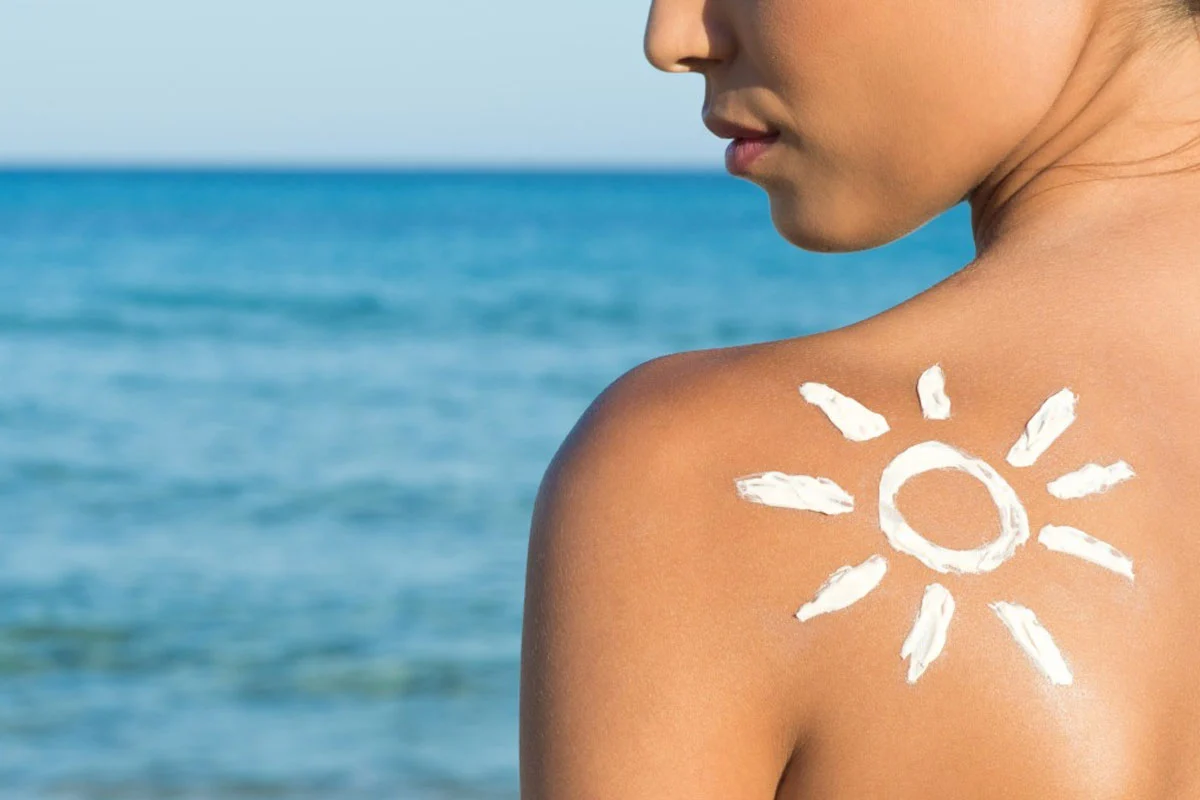Astaxanthin is a natural pigment belonging to the class of nutrients known as carotenes. Similar to beta-carotene, the more familiar carotene that makes carrots orange, astaxanthin produces the reddish-orange color of salmon. (Ocean-growing salmon get their astaxanthin by eating Krill, a tiny shrimp-like crustacean.) Like beta carotene and other members of the carotene family, astaxanthin is a powerful antioxidant—this biological property works at the cell level to protect a diverse range of tissues from “oxidative stress”, an ongoing metabolic process in the body that can be damaging if not kept under control. Astaxanthin is now one of the most popular ingredients in dietary supplements—thanks to a wealth of research exploring its many health benefits.
Carotenes are good for skin, and astaxanthin is no exception. As the body’s most external tissue, the skin is vulnerable to rogue molecules called “free radicals” that can accumulate in tissues on the heels of a surge in oxidative stress. Ultraviolet light (UV) exposure subjects the skin to oxidative stress and accumulation of free radicals that contributes to skin damage and aging. In view of this, a study was undertaken to investigate the ability of astaxanthin and other carotenes to mitigate the effects of UVA light on fibroblasts in the dermis. Fibroblasts, cells that are abundant in connective tissues like skin, build collagen and other structural components. The experiments, published in the scientific journal Experimental Dermatology, demonstrated a “photoprotective effect” of carotenes on dermal fibroblasts. Astaxathin was a stand-out: as stated in the report, “The data indicated that the oxo-carotenoid astaxanthin has a superior preventative effects towards photo-oxidative changes in cells culture.”
Reference:
Emanuela C, et al. Astaxanthin, canthaxanthin and ß-carotene differently affect UVA-induced oxidative damage and expression of oxidative stress-response enzymes. Exp Dermatol 2009;18:222-31.









